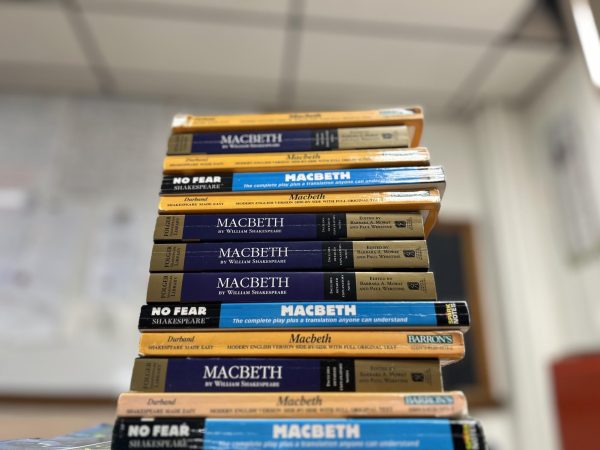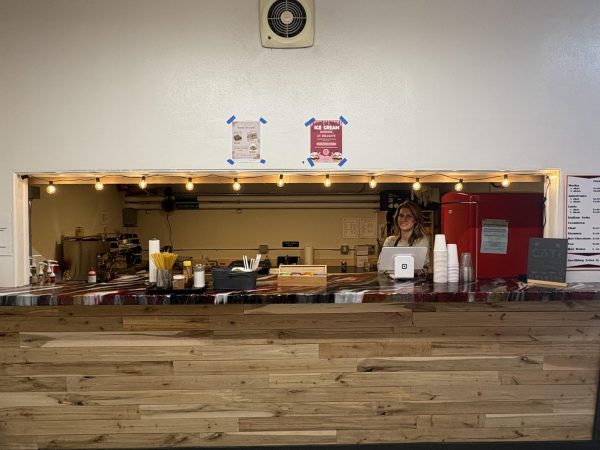Student Athletes Shouldn’t Be Required To Take Physical Education Classes
Why are student-athletes required to double up on physical activity? Between practices and games, they easily spend anywhere from 5-20 hours every week exercising. Additionally, though, they are expected to complete two full years of health enhancement, or physical education, classes.
Missoula County Public Schools (MCPS) requires that a student has 2 health enhancement credits to graduate high school. This is the same for all of the high schools in the school district: Big Sky, Sentinel, Hellgate, Seeley-Swan, and Willard. This is more than the State of Montana requires, since state law only mandates that students have 1 health enhancement credit.
This doesn’t make much sense. For students who participate in activities like choir, orchestra, or band, they get to use that activity to fulfill the credit requirement for fine arts classes. The school district doesn’t say that they are then required to take a class such as Intro to Art, in addition to their music. Students who participate in school sports should be able to count their sport as their health enhancement credit.
Granted, there are many benefits to physical education, or PE, classes. They provide a time for students to move around, engage with their peers, and get exercise. Research has shown that exercise is extremely important for overall health.
However, student-athletes already get a lot of exercise. Most sports have practice five days of the week, which can last anywhere from 1-3 hours, in addition to games, meets, and competitions. Athletes are clearly receiving enough exercise, so they don’t need to rely on PE classes for fitness.
Another reason some people might argue health enhancement classes are important is because they teach students about health, nutrition, and taking care of their bodies. However, most athletes already know all about this, because staying healthy is such a vital part of being able to compete at your best in a sport.
Others might say that PE is beneficial because it gives students a way to be more rounded individuals, and it teaches them to work in a team. Again, this is already emphasized and taught through sports.
Participating in school sports covers all of the important bases that physical education does. Exempting student-athletes from PE classes does not mean that those classes are not important, it just shows that there is no need for student-athletes to spend time doing things they already do and learning stuff they already know.
That isn’t the only reason school districts should exempt student-athletes from sports, however. PE class could pose a risk to student-athletes, because it increases the potential of an injury. For one, merely participating always has the potential to cause an injury. A student could receive a concussion from being hit in the head with a ball, could strain a muscle while lifting weights, or twist their ankle while running. An injury would be particularly devastating for a student-athlete, because it would likely prevent them from being able to practice or compete for a period of time.
Also, they could become injured from being overworked. A student-athlete might have to spend a day in their PE class doing a tough workout, and then have to go play in a game. Doubling up on fitness isn’t a great idea because it can hamper performance or increase potential for injury, all because of fatigue.
Then, think about how beneficial it would be for a student-athlete to have two more periods to use, either to take more classes or to take a study hall. It can be really difficult to manage your schedule and fit in all of the classes you’re required to take, in addition to the classes you need to take to get into college and the classes you simply want to take. Alongside clubs, extracurriculars, and sports, it gets more difficult.
The extra two periods could be put to use so that a student-athlete can take more classes in subjects they are interested in. After all, student-athletes are students first, and athletes second.
That time could also be used as a study hall. Having a study hall can be useful for any student, but it is extremely useful for athletes. For one, it gives them an opportunity to make up tests and catch up on all the work they miss for their sport. During their season, student-athletes tend to have to miss classes, especially those at the end of the day, for games or meets. With a study hall, it would be easier to catch up and stay on top of everything.
Many student-athletes have to stay up late to do homework. Most sports hold practice after school, so by the time they get home from practice, shower, and eat dinner, it is already really late. By getting a head start on homework in a study hall, they would be able to go to bed earlier, which in turn allows them to function better the next day.
Not having student-athletes in the physical education classes could also be better for other students. This is partly because PE classes would be smaller, allowing students to receive more personalized attention. It would relieve some of the pressure that some students feel when they are compared against the student-athletes in their classes, and expected to perform as well as them in tests such as the timed mile run. It would reduce the obvious bias that many PE teachers, some of whom are also coaches, show towards their students who are athletes.
Finally, it might encourage students to join and participate in school sports, if they knew that it would count as a health enhancement credit.
Allowing student-athletes to use their sports to fulfill their health enhancement credits would have many benefits. It would not prohibit student-athletes from taking PE classes, they could still have the option to take one if they so choose. It would just eliminate the requirement for those students who already recieve all of the benefits of physical education classes in their sports.

Just a girl who fell in love with journalism and never looked back. This is my third year with the Lance and my second year as Co-Editor. I also play soccer...




